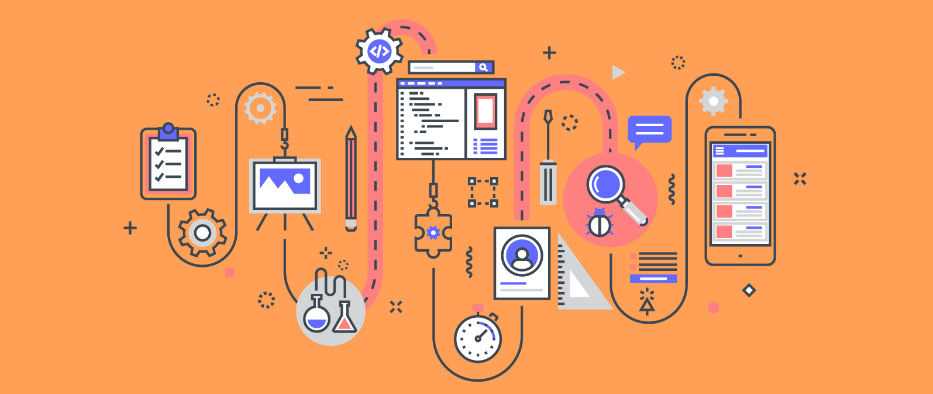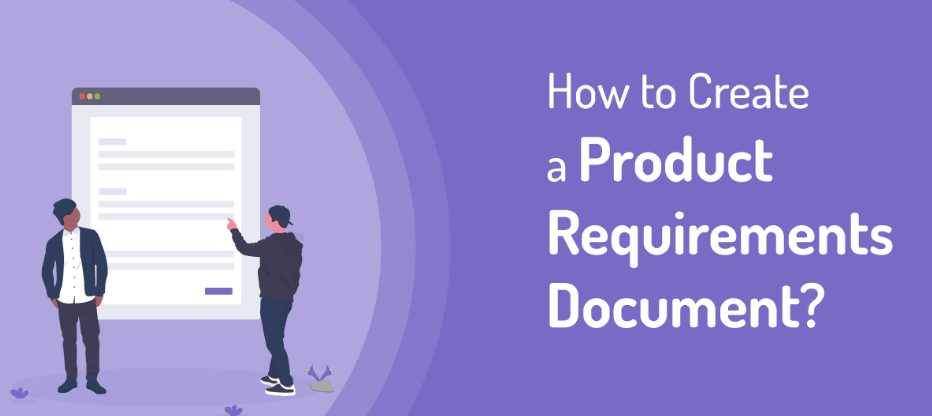
What is a Product Requirements Document?
If you are a product owner or launch a product, if you are part of a project team and want to know what the product can do and how it works, the Product Requirements document will be your most important source of information. Product requirements describe and define the general purpose of your product, its behavior, capabilities, and functional characteristics – from the beginning of the project through to its completion. But just writing down all this information is not enough. The vision of a product often changes over time, as a result of which product requirements are also adjusted. It often takes a lot of time to bring the product up to date.
Table Of Content
PRD and MRD and their difference
Interaction with developers is a complicated question. it can be carried out in two different ways up to the specifications of the task. Basically, MRD is the result of work carried out by the project manager.
MRD is used for description of a product. It is carried out by the development from the point of view of the customer. The future consumer of the product is the customer. MRD is used in orderthat developers to get an idea of the product. Also they can get the required functionality. As for the development, it can be started after this, as it’s a rather complicated question.
What should be included in prd template
It’s rather difficult to start the creation of the project from the start. This is that important stage, when it’s recommended to “shovel everything together”. The unnecessary can be filtered out later.
If the user doesn’t know the location of all the information, there is full-text search. It’s highly recommended to structure the requirements in order to easily find everything that you need.
It doesn’t matter how many projects are there, no matter how complex is it and animation on websites, the product requirements must consist of such points, as:
- specification of the main purpose in order to create the final product;
- the detailed and full description of the appearance of the final product;
- the nuances in the work of the final product;
- the description of the product success, basing on the main criteria of the client.
Example of PRD
The basic outline of all the information, which is presented in a PRD:
- Main objective of the whole project with detailed clear explanation of all the main expectations.
- Product features, which are described in the details.
- Notes of UX Flow & Design, used in order to describe it’s workflow.
- Requirements for the description of the system;
- The list of basic expectations.
The Basic Steps for creation of PRD

The main steps are:
- the basic description of each requirement, which is given separately in the product requirements document template. or it can divide them by logical groups. It’s not necessary to collect all the requirements in one document. In case if they are related, they can be grouped by their functionality. This separation is important to be used in order to prioritize correctly.
- consistency, as there should be a detailed and clear structure of the document for reading. In case of division of the product into separate modules, they are arranged by logic.
- clear instructions in order to avoid phrases such as “if necessary”.
- It’s recommended to avoid the words “about”, “and so on.” All the definitions must be as clear as possible.
The main goal of product requirements document template is to collect and summarise maximum of all the important information, which is related to the customer and his tasks specifics. As for the scope of the project will be responsible for a big part of the upcoming work. The identification and analysis of requirements is carried out mainly on the basis of meetings and interviews with managers and specialists of the customer, and the duration of this stage.




